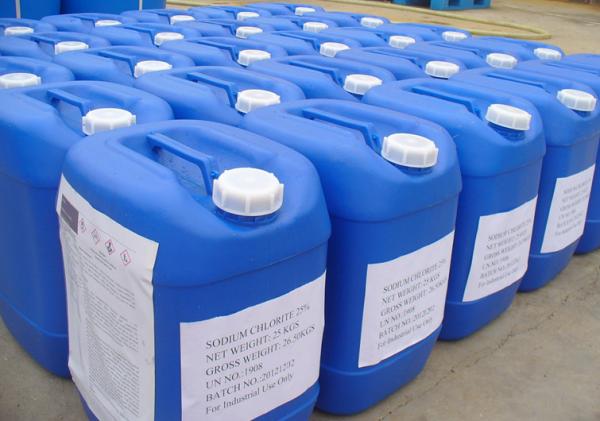Sodium hypochlorite, commonly known as bleach, is a popular chemical used around the world for disinfection and cleaning purposes. It has proven effective against a wide range of microorganisms. In this article, we will discuss the properties, uses, benefits and risks associated with sodium hypochlorite.
Chemical Properties
Sodium hypochlorite has the chemical formula NaOCl. When dissolved in water, it forms hypochlorous acid (HOCl) and hydroxide ions (OH-). Hypochlorous acid is a weak acid that exists in equilibrium with hypochlorite ions. It is usually sold as a pale greenish-yellow aqueous solution with 5-15% available chlorine content. The solution is unstable and decomposes with time releasing oxygen and forming sodium chloride. It has a distinct chlorine odor.
Uses of Sodium Hypochlorite
Some key uses of sodium hypochlorite solutions include:
– Disinfectant: Due to its potent disinfectant properties, sodium hypochlorite solutions are extensively used for disinfecting surfaces, medical equipment, surgical tools, water, wastewater, etc. It effectively kills viruses, bacteria, fungi and bacterial spores.
– Bleach: Sodium Hypochlorite solutions are commonly used as household bleaches for whitening and disinfecting clothes, removing stains, sanitizing surfaces, and more. Several commercially available bleach products contain sodium hypochlorite.
– Water treatment: Addition of sodium hypochlorite helps purify drinking water by killing harmful pathogens. It is also used for treatment of swimming pool water and wastewater.
– Dentistry: Diluted sodium hypochlorite solutions are used during root canal treatment and cleaning of infected areas for their antibacterial properties.
– Food industry: Low concentrations of sodium hypochlorite play a role in disinfecting food processing equipment and surfaces to control microbial contamination.
Benefits of Sodium Hypochlorite
Some key benefits of using sodium hypochlorite solutions include:
– Broad-spectrum activity: It has proven effectiveness against both Gram-positive and Gram-negative bacteria, viruses, fungi, protozoa and bacterial spores. This makes it suitable for general disinfection needs.
– Fast acting: Sodium hypochlorite can quickly kill microbes, often within minutes of contact. This helps achieve effective disinfection in a short time.
– Affordable: Sodium hypochlorite solutions, especially in the form of household bleaches, are quite affordable making them accessible disinfectants worldwide.
– Safe at recommended dilutions: When used at manufacturer specified dilution levels, sodium hypochlorite does not pose significant health risks.
– Leaves no residue: Sodium hypochlorite breaks down to sodium chloride and water when carried out at proper dilutions, leaving no toxic residues.
Risks and Safety Concerns
However, certain risks are also associated with sodium hypochlorite solutions:
– Toxic at high concentrations: Undiluted or highly concentrated solutions can cause skin/eye damage on contact. Their vapors may also irritate the respiratory tract.
– Release of toxic gases: Mixing sodium hypochlorite with acidic cleaners releases toxic chlorine and chloramine gases which are respiratory irritants.
– Corrosive: Strong alkaline nature makes concentrated solutions highly corrosive to metals. Prolonged exposure can damage tissues as well.
– Environmental hazard: Large amounts released into aquatic systems can harm oxygen levels affecting aquatic life.
– Not suitable surface disinfectant: Hypochlorite breaks down rapidly when exposed to organic matter and sunlight limiting its surface residual effect.
Therefore, adequate precautions and proper use as per guidelines is important to avoid risks while benefiting from this widely used disinfecting chemical. Proper ventilation, use of protective equipment and diluted solutions can help ensure safe handling of sodium hypochlorite.
In conclusion, sodium hypochlorite has proven invaluable as an effective and affordable disinfectant used extensively worldwide for cleaning, disinfection and water treatment applications. While very useful when handled carefully, risks may arise from its strong oxidizing and corrosive nature if not diluted and used properly. With recommended safety practices in place, sodium hypochlorite will likely continue serving as a mainstay in the disinfection and cleaning arsenal against infectious microbes.



